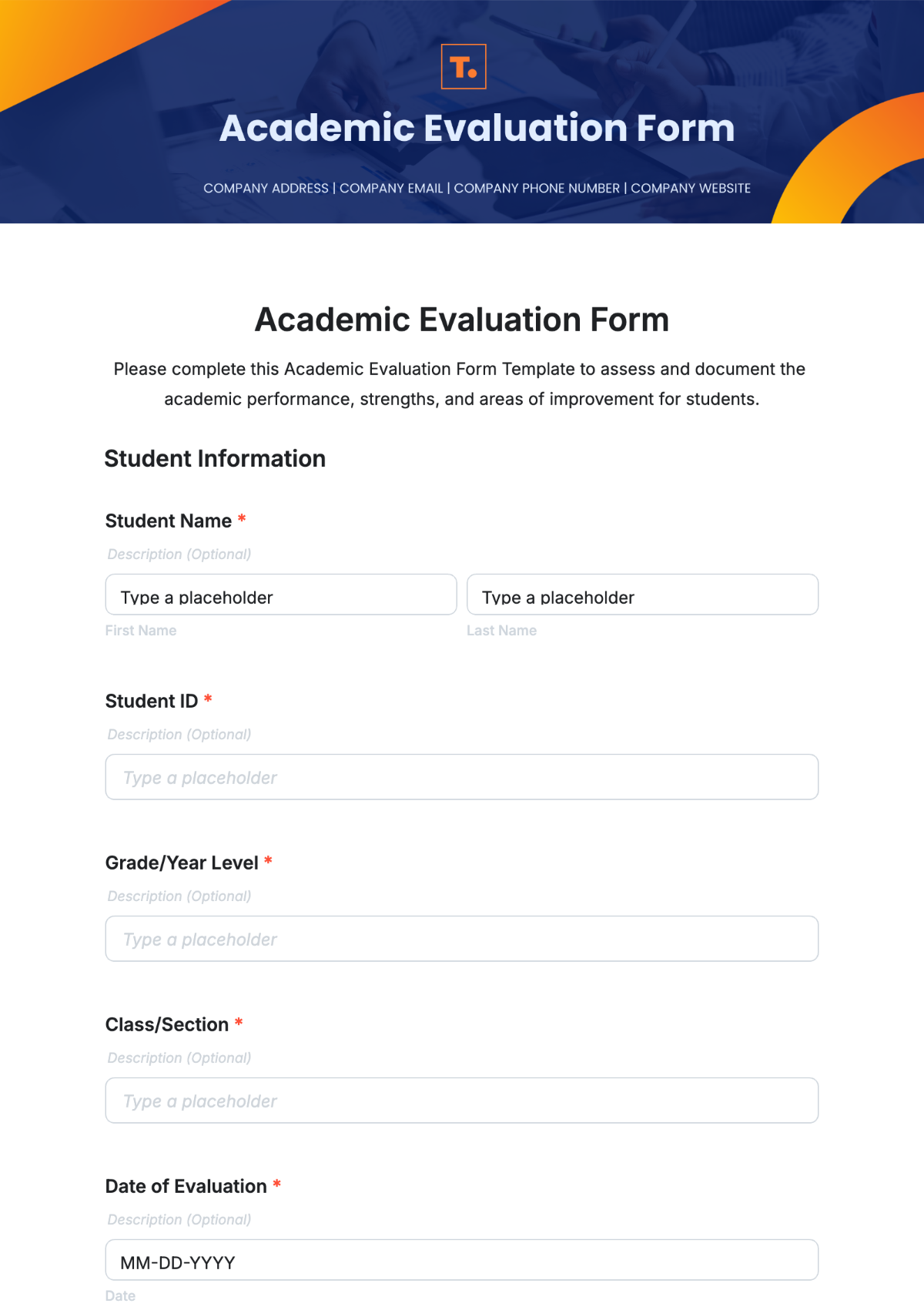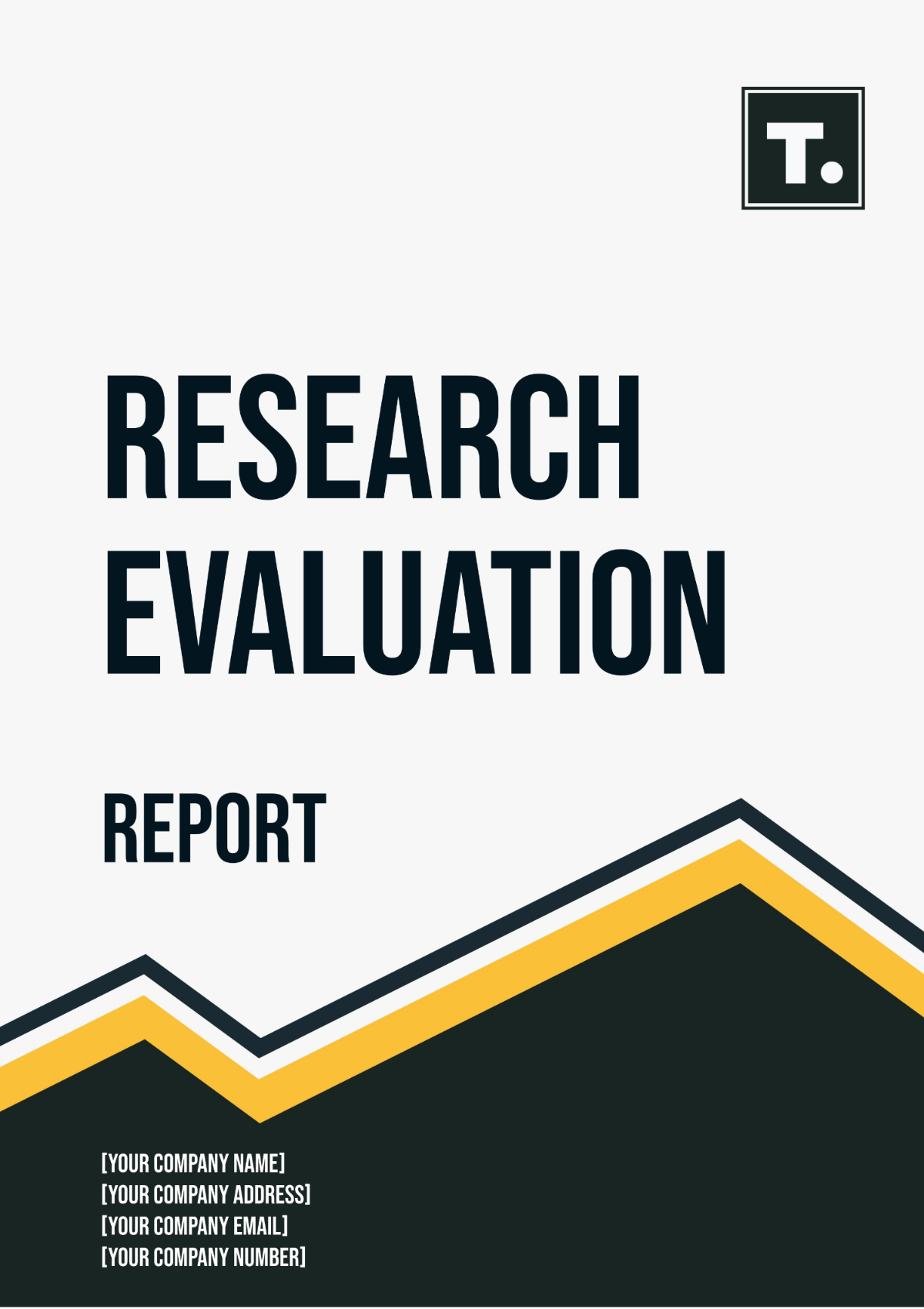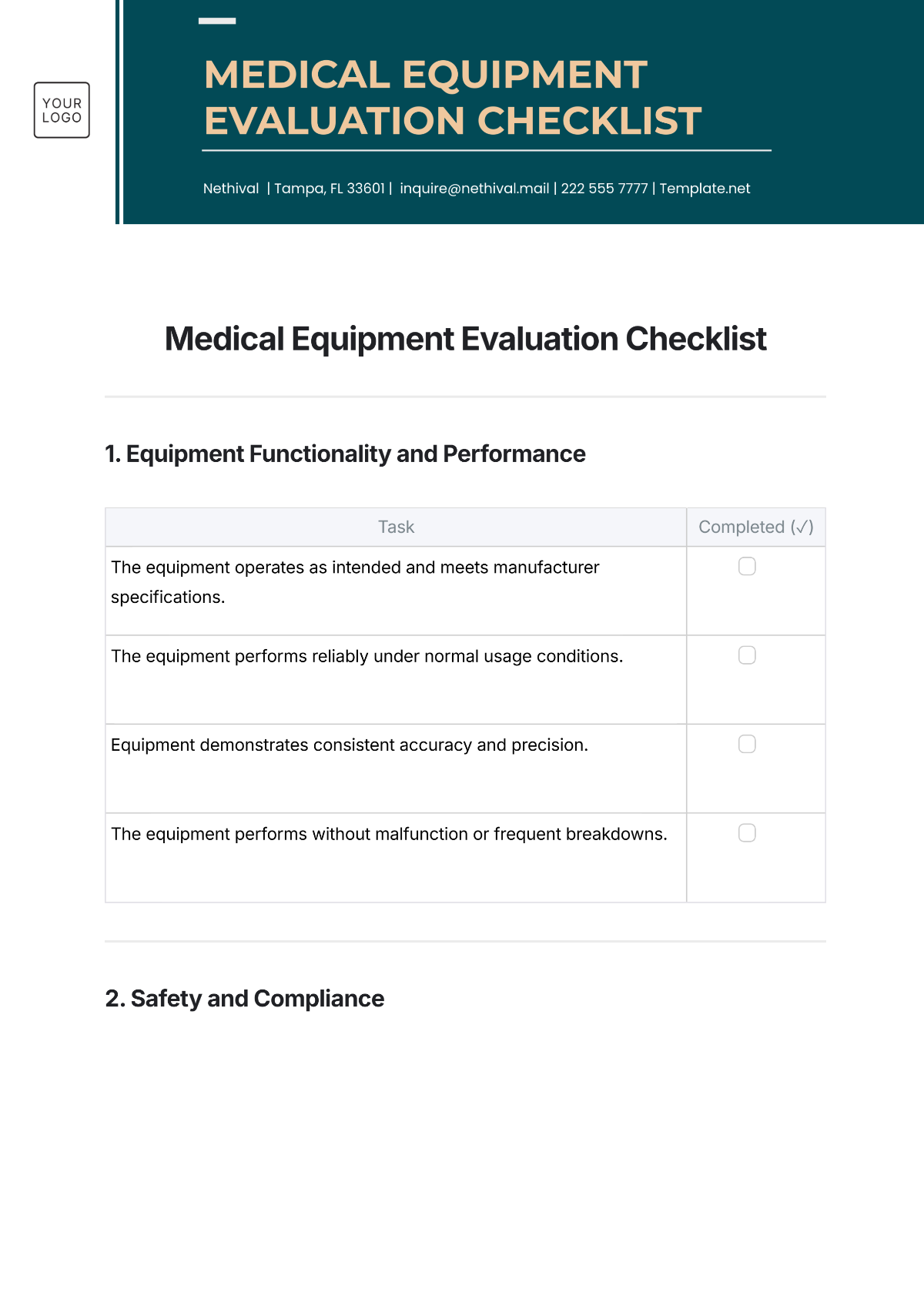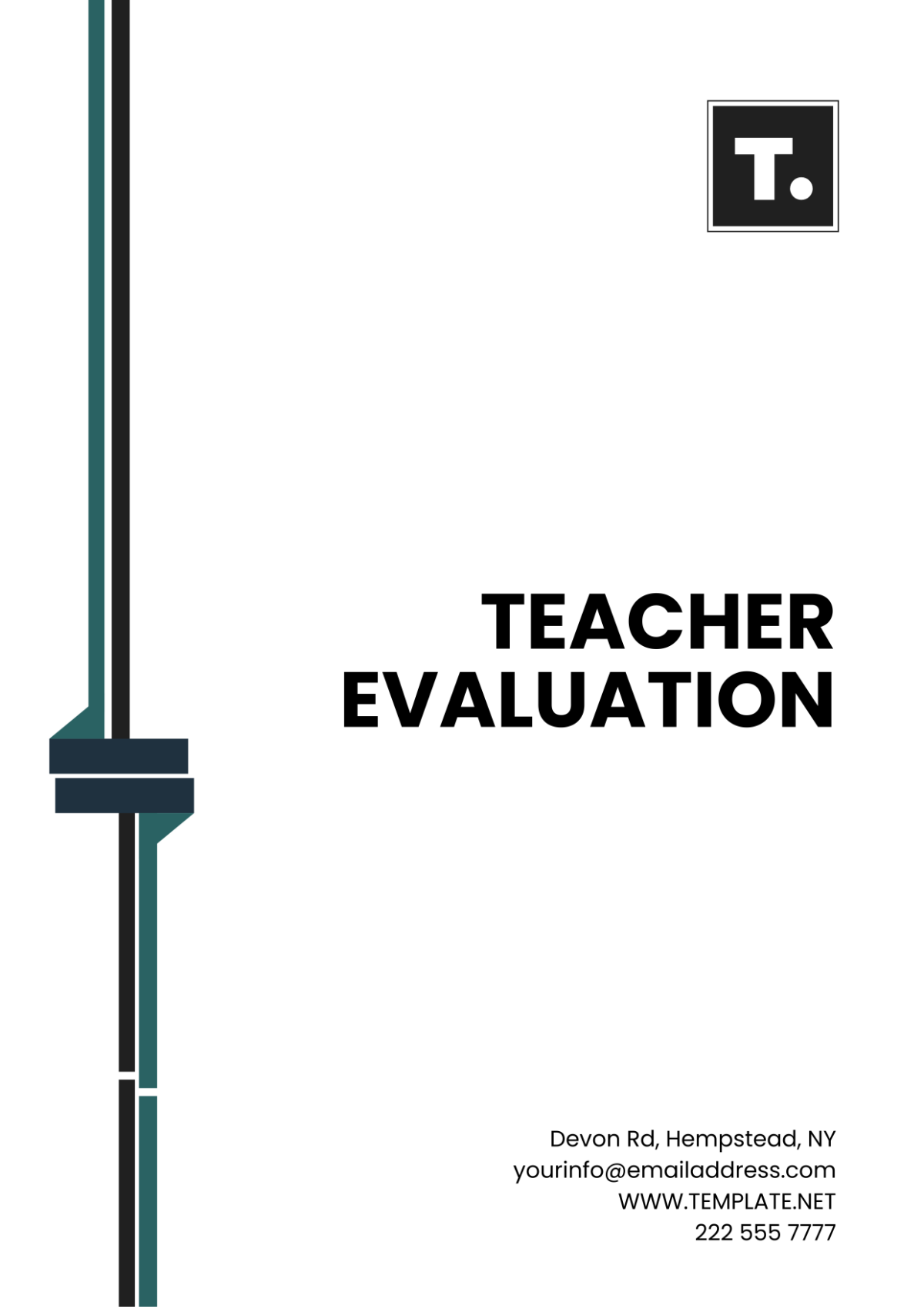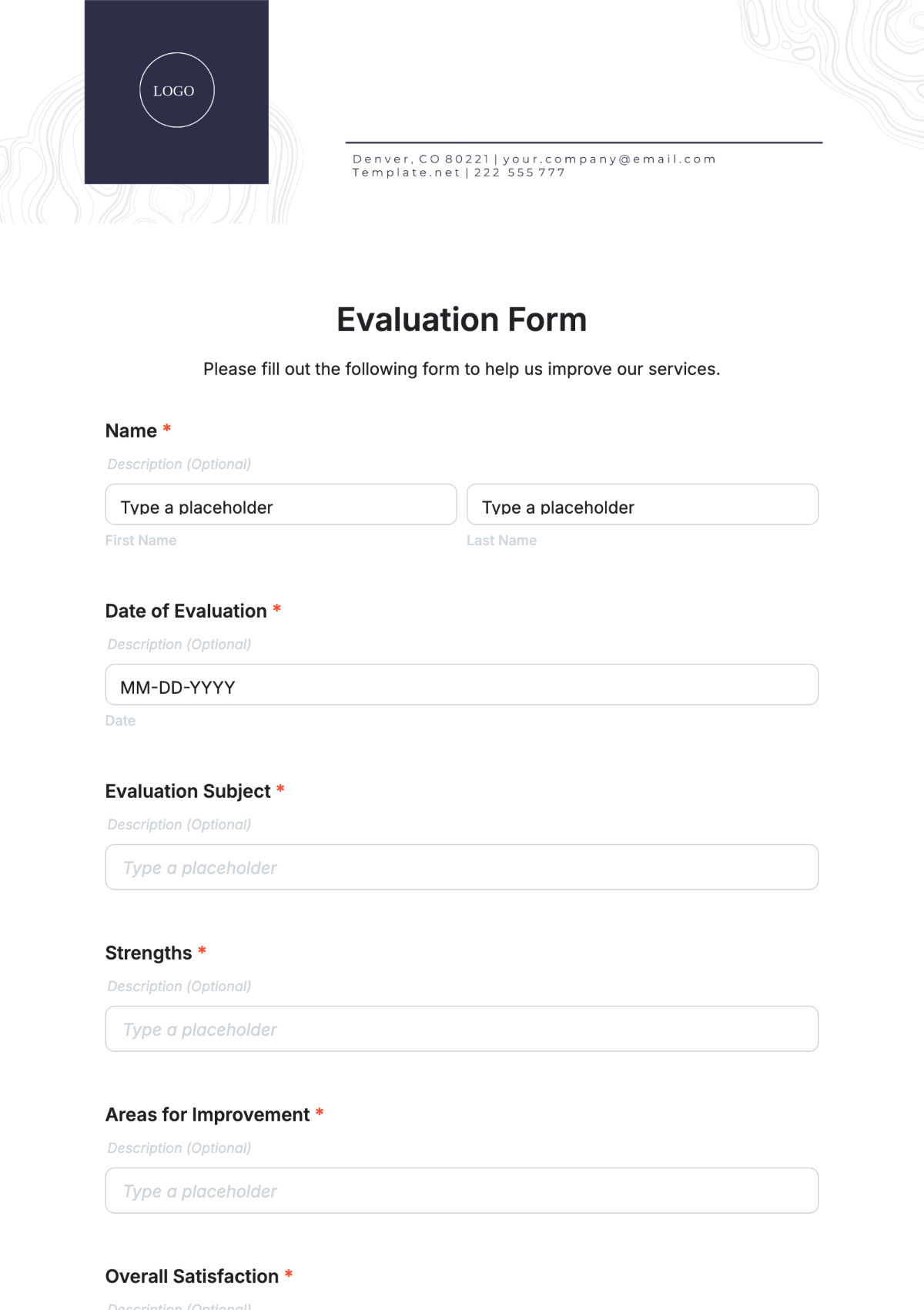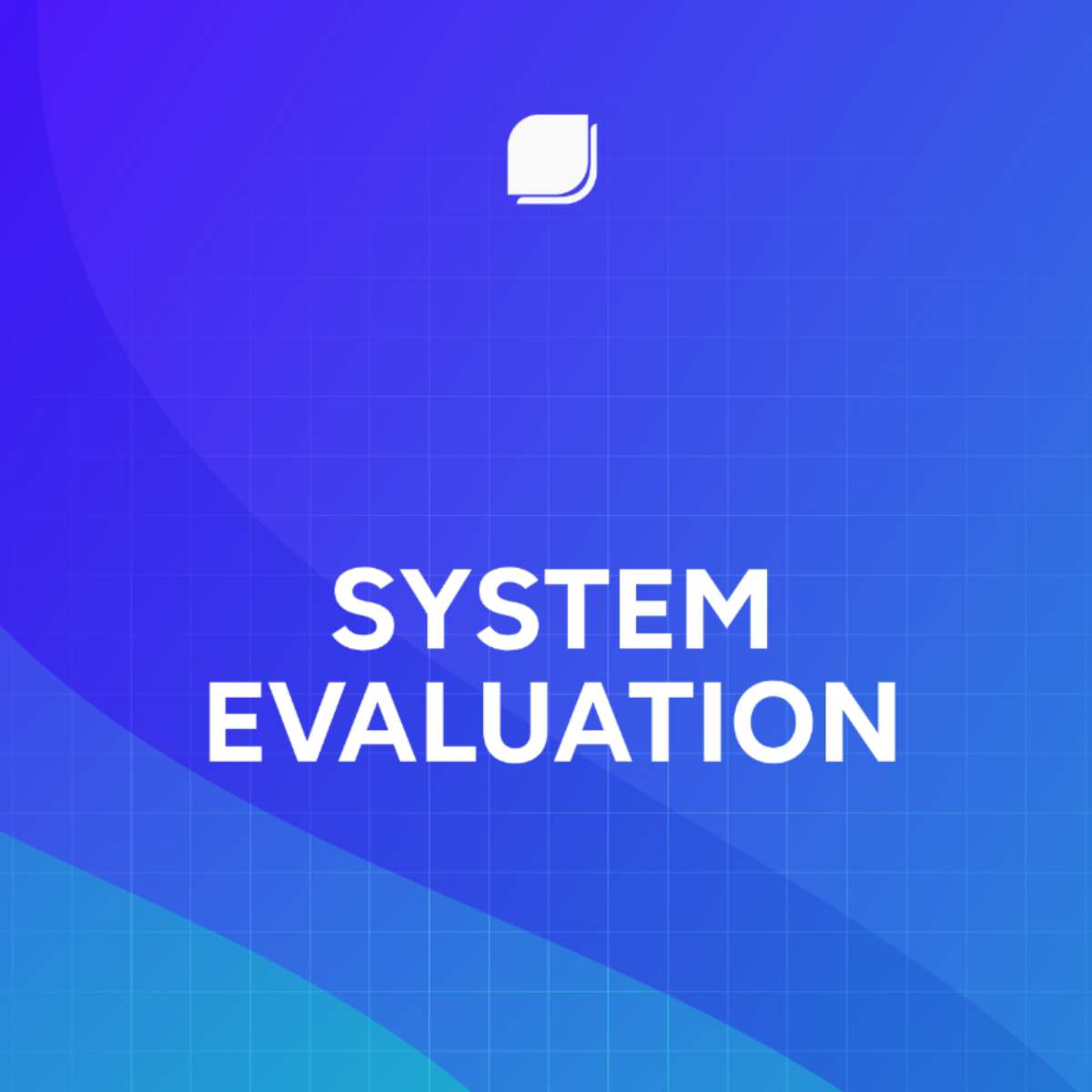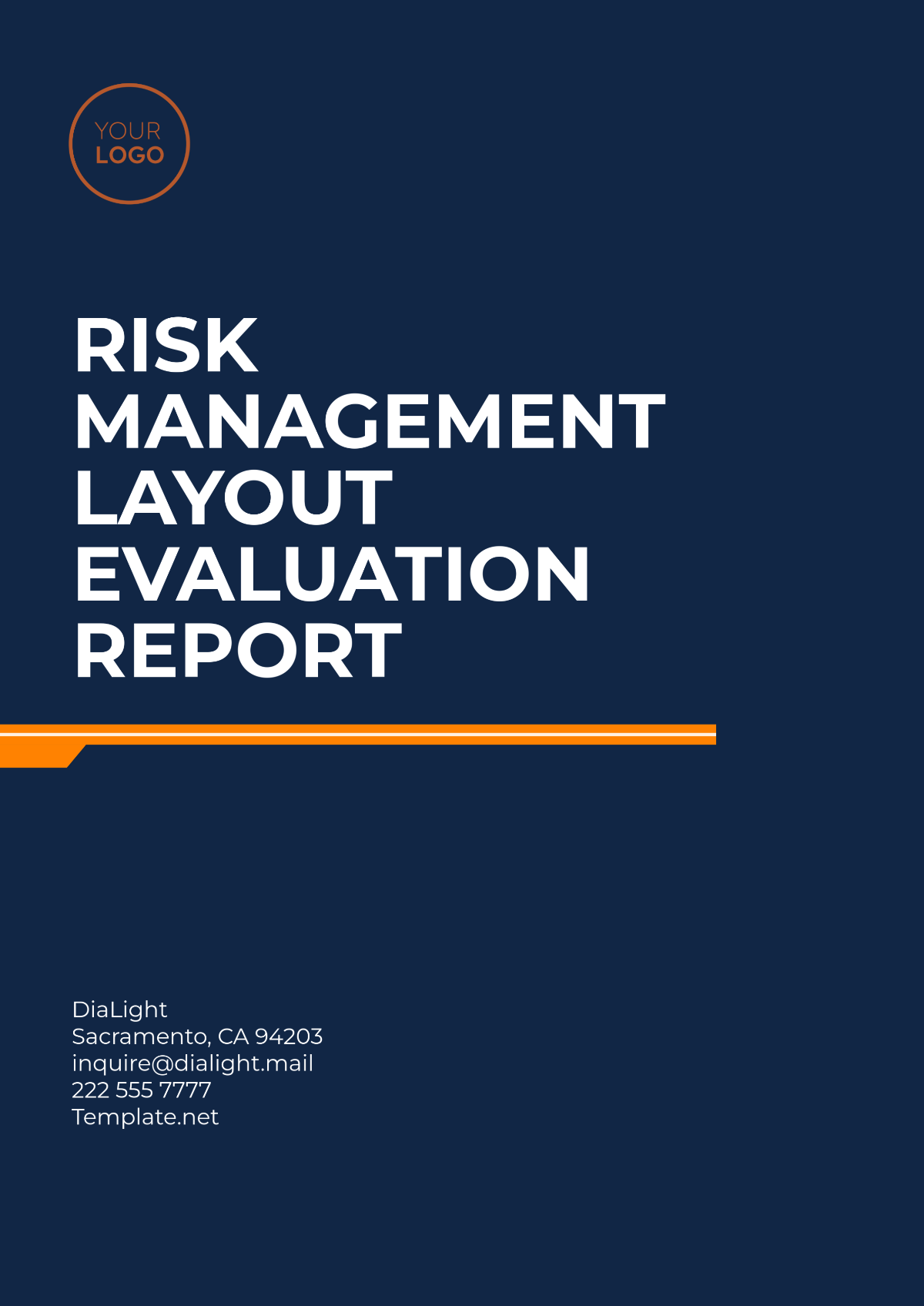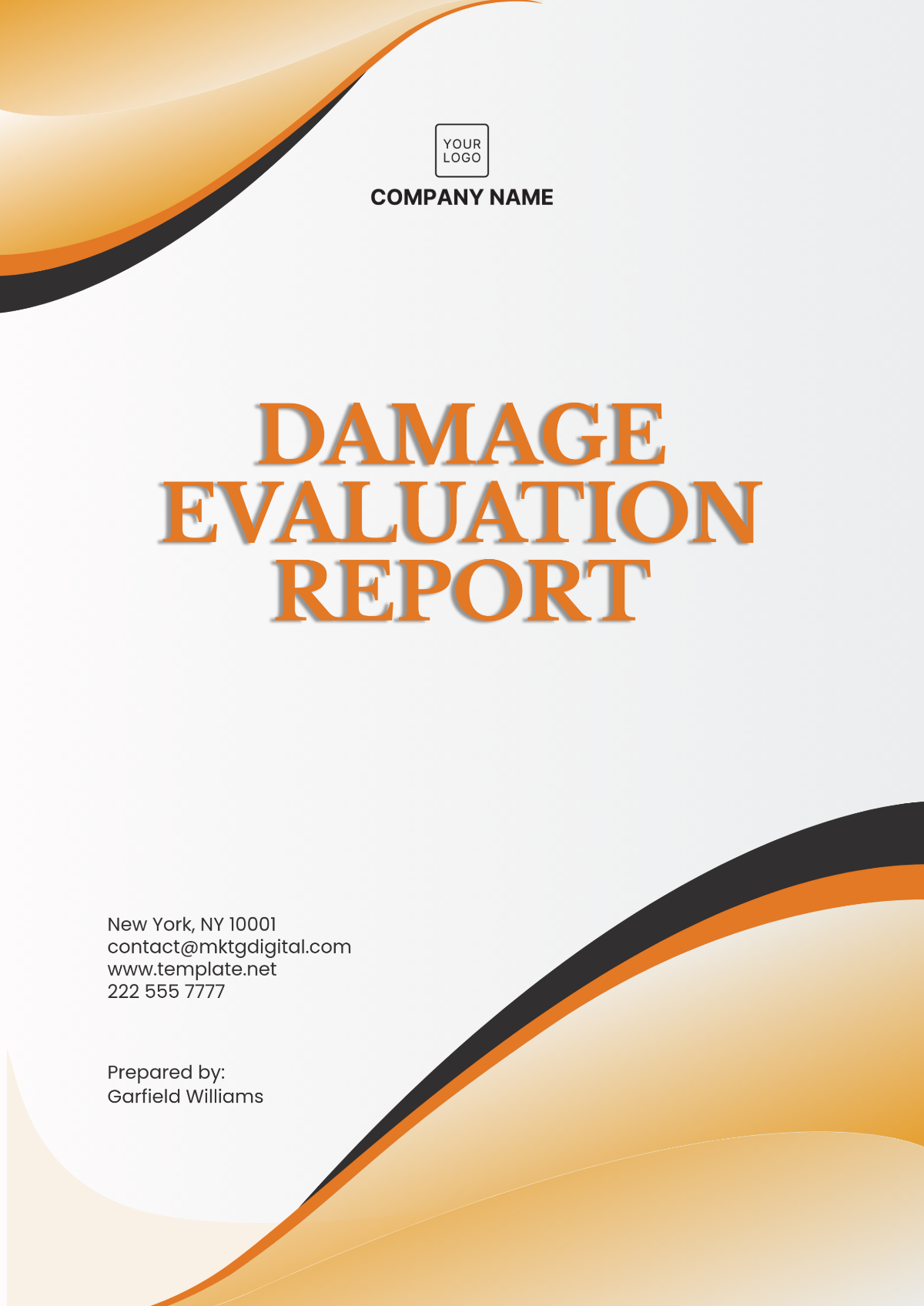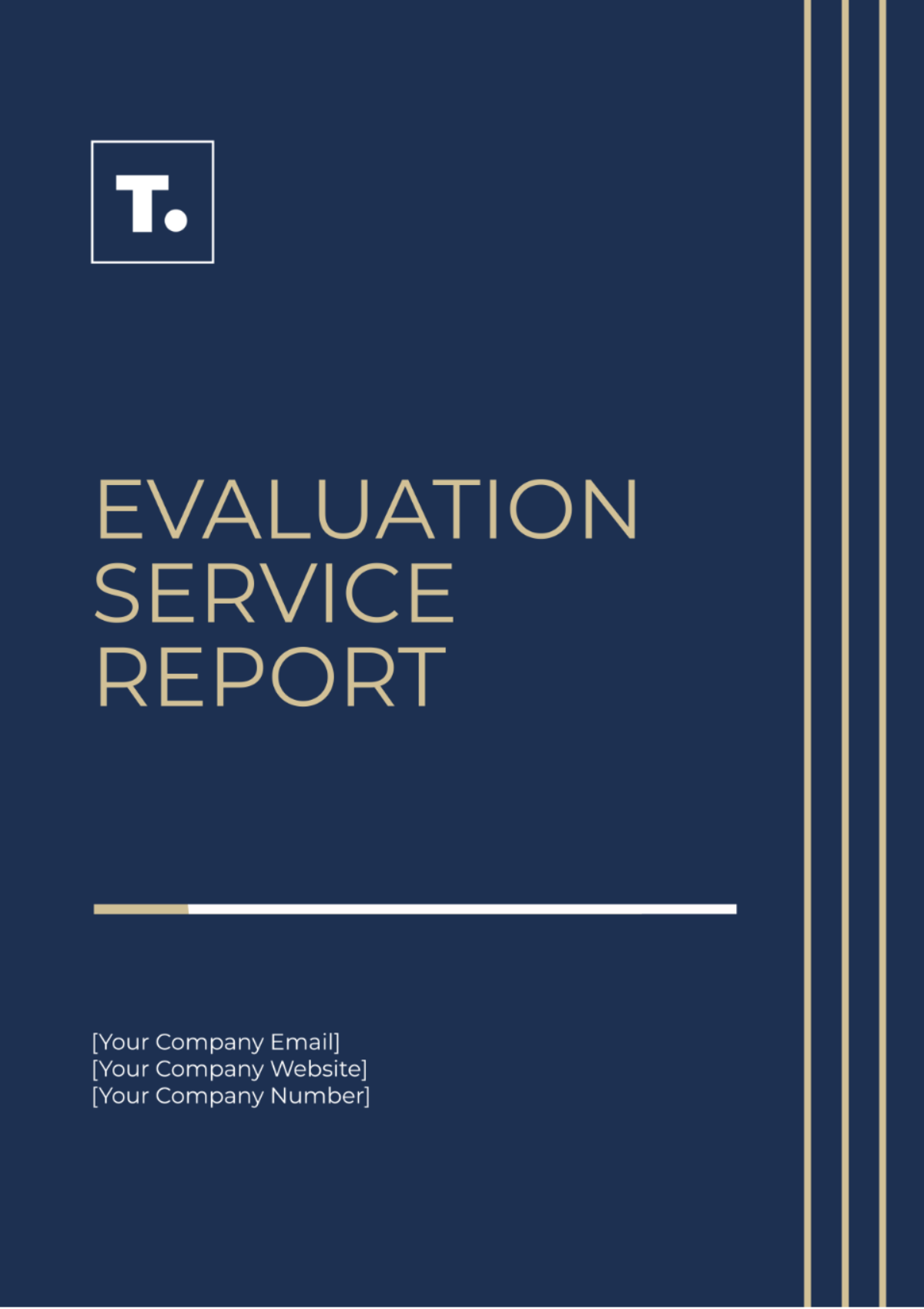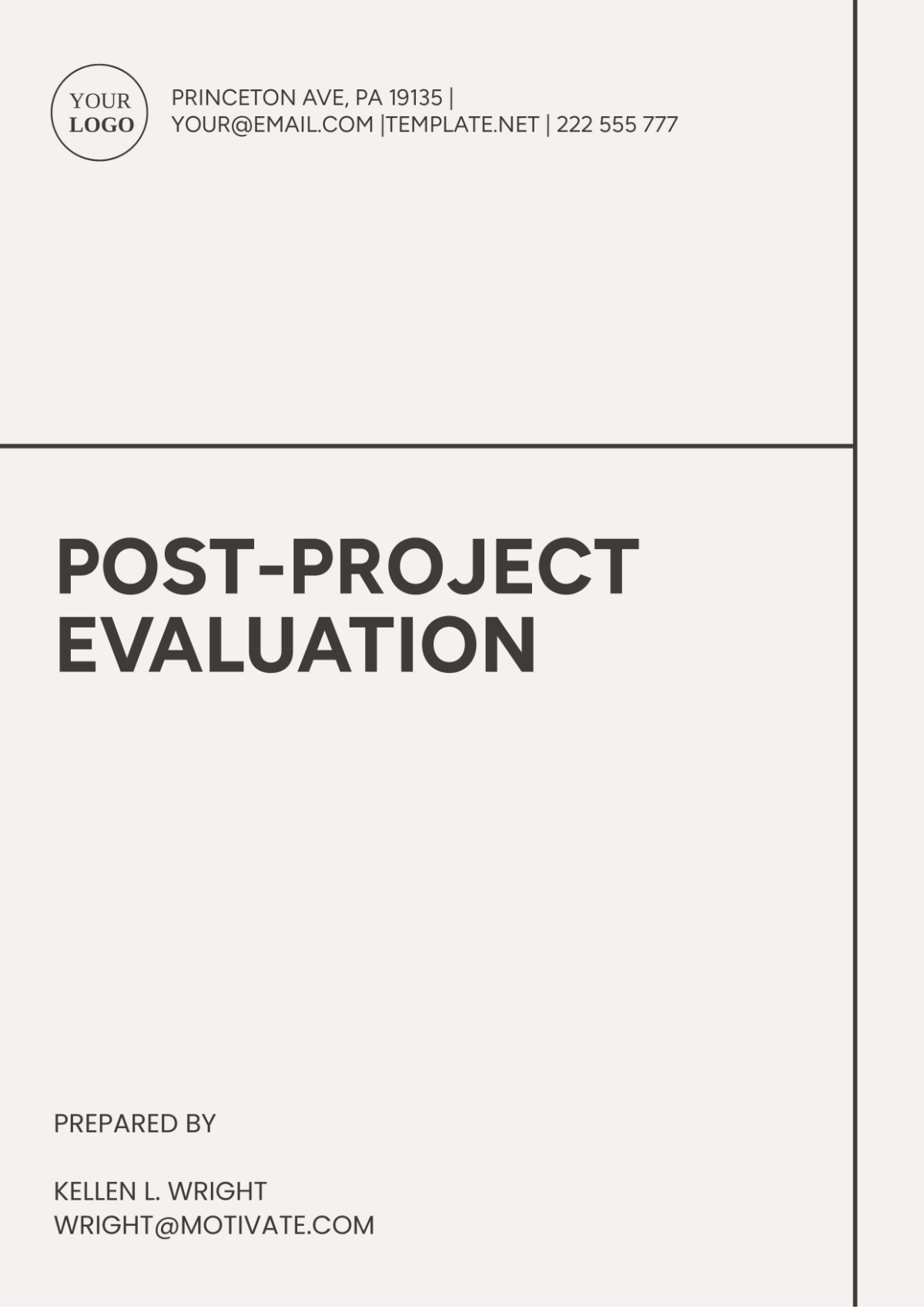Evaluating Journal Articles
Title: Evaluating Recent Environmental Research
Written By: [Your Name]
Date: [Date]
1. Abstract
This article evaluates the quality, relevance, and impact of recent research studies within the field of environmental science. It provides a thorough review of the methodologies, findings, and contributions of selected research articles. The evaluation aims to highlight the strengths and weaknesses of these studies, offer insights into their significance, and suggest areas for further research.
2. Introduction
In environmental science, the continuous advancement of knowledge is crucial for addressing pressing global issues such as climate change, pollution, and biodiversity loss. This evaluation focuses on recent studies within this field, assessing their methodological rigor, relevance, and overall impact. The goal is to provide a critical analysis that can guide future research efforts and contribute to the broader academic discourse.
3. Methodology
3.1 Selection Criteria
The articles selected for this evaluation were chosen based on the following criteria:
Relevance: Articles address significant environmental issues such as climate change, pollution, or conservation efforts.
Methodological Rigor: Studies employ sound research methodologies with clear hypotheses and robust data collection and analysis techniques.
Impact: Articles show potential or actual influence on the field, as indicated by citations or practical applications.
3.2 Evaluation Framework
The evaluation framework consists of:
Methodological Assessment: Examination of research design, data collection methods, and data analysis techniques.
Findings Analysis: Evaluation of the validity and reliability of research findings.
Contribution to the Field: Analysis of the research’s impact on advancing knowledge or practice in environmental science.
4. Evaluation
4.1 Methodological Assessment
(a) Research Design
The reviewed articles employed a range of research designs, including experimental, longitudinal, and case-study approaches. Each design was evaluated for its suitability:
Clarity of Hypotheses: Hypotheses were clearly defined and aligned with the study’s objectives. For instance, in a study investigating the effects of urbanization on local biodiversity, the hypothesis was specific and relevant to the research question.
Sampling Methods: The sample sizes and selection criteria varied. One study used a large-scale survey to gather data on air quality across multiple cities, while another focused on a single urban area, providing in-depth insights.
Data Collection: Tools such as remote sensing technology and field surveys were employed effectively. In one study, satellite data was used to monitor deforestation, while another utilized soil samples to analyze pollution levels.
(b) Data Analysis
Data analysis methods were reviewed for robustness:
Statistical Techniques: Appropriate statistical tests, such as regression analysis and ANOVA, were used to analyze the data. For example, a study on the impact of climate change on marine ecosystems used regression models to predict future changes.
Data Integrity: Data handling was generally rigorous, though some studies faced challenges such as missing data. For instance, a study on water quality in developing regions had limitations due to incomplete data from remote locations.
4.2 Findings Analysis
(a) Validity and Reliability
The validity and reliability of findings were assessed:
Internal Validity: Most studies demonstrated strong internal validity. For example, a study on the effectiveness of renewable energy policies had well-controlled variables and a clear causal relationship.
External Validity: Findings from studies on global climate patterns were generally applicable across different regions, though localized studies showed variable results.
(b) Impact of Findings
The impact of the findings was analyzed:
Relevance to Current Issues: Findings were relevant to ongoing environmental issues, such as the impact of plastic pollution on marine life and the effectiveness of conservation strategies.
Influence on Subsequent Research: Many studies were influential, leading to further research. For example, research on the effects of invasive species led to additional studies on management strategies.
4.3 Contribution to the Field
(a) Advancement of Knowledge
The research contributed to advancing knowledge in several ways:
Innovativeness: New insights were provided, such as the discovery of previously unknown effects of microplastics on aquatic ecosystems.
Practical Implications: Practical applications included recommendations for policy changes and conservation practices. For instance, a study recommending changes in waste management practices influenced local environmental policies.
(b) Areas for Improvement
Suggestions for improvement included:
Methodological Enhancements: Some studies could benefit from more diverse sampling methods and longer study periods. For example, future research on urban heat islands could include longitudinal data to assess long-term trends.
Future Research Directions: Identified gaps include the need for more research on the socio-economic impacts of environmental policies and the effectiveness of grassroots conservation efforts.
5. Conclusion
This evaluation provides a comprehensive critique of recent research studies in environmental science. By examining methodologies, findings, and contributions, it highlights the strengths and limitations of the reviewed studies. The insights gained underscore the importance of rigorous evaluation in advancing knowledge and guiding future research.
6. References
Smith, J., & Johnson, L. (2055). Effects of Urbanization on Local Biodiversity. Journal of Environmental Studies, 50(2), 123-145.
Brown, A., & Lee, M. (2056). Assessing Air Quality in Urban Areas Using Remote Sensing Technology. Environmental Science Review, 45(4), 678-690.
Green, T., & Davis, E. (2058). The Role of Renewable Energy Policies in Reducing Carbon Emissions. Energy Policy Review, 60(3), 201-215.

















